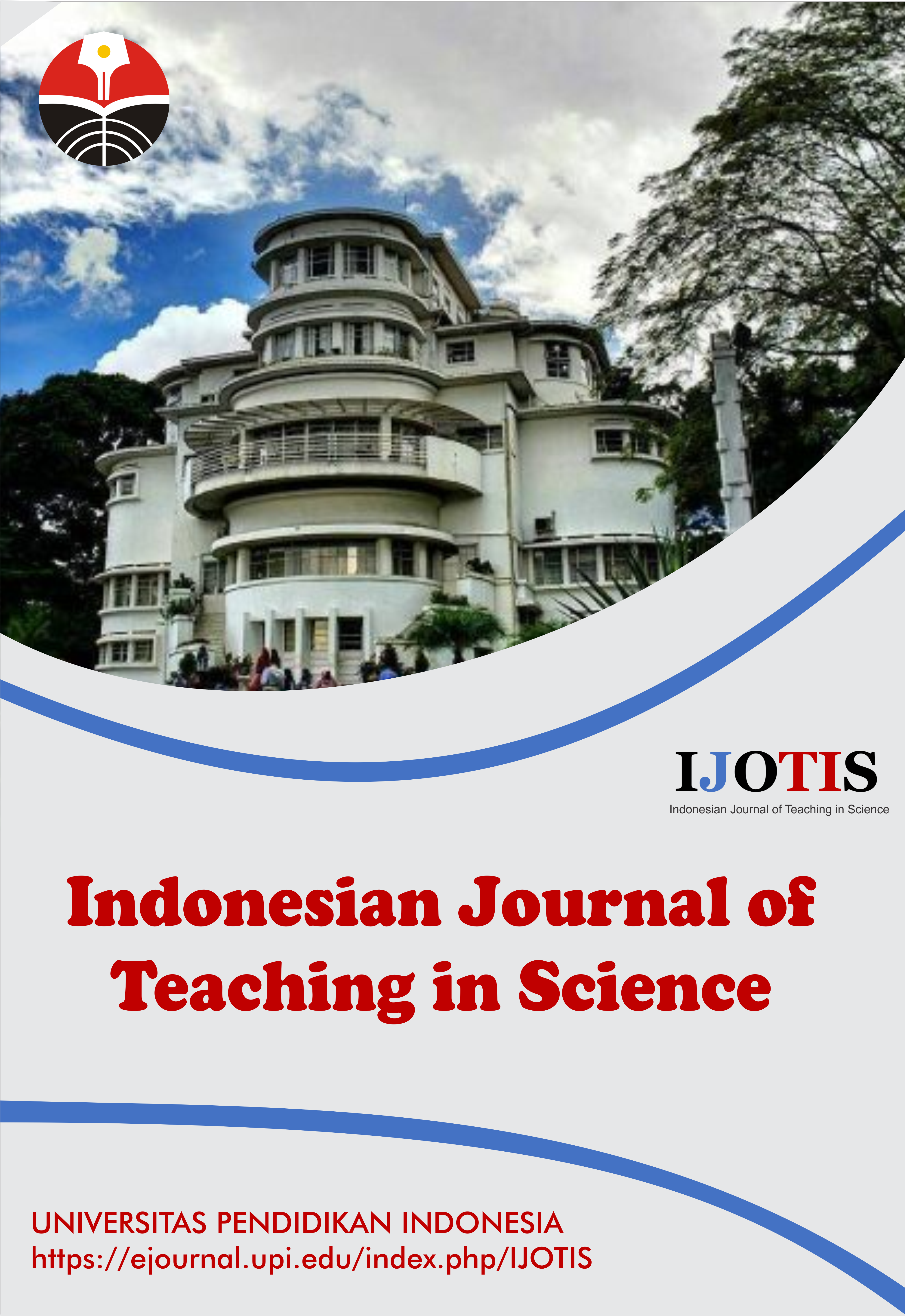Zumba Preference and Its Cardiovascular Endurance Intensification
Abstract
Keywords
Full Text:
PDFReferences
Blank, S. (2013). Why the lean start-up changes everything. Harvard Business Review, 91(5), 63-72.
Masuda , K., Jue , T., and Hamidie , R.D.R. (2017). Mitochondrial biogenesis induced by exercise and nutrients : Implication for performance and health benefits . Indonesian Journal of Science and Technology, 2(2), 221-229.
Micallef, C. (2014). The effectiveness of an 8-week Zumba programme for weight reduction in a group of Maltese overweight and obese women. Sport Sciences for Health, 10(3), 211-217.
Norouzi, E., Hosseini, F., Vaezmosavi, M., Gerber, M., Pühse, U., and Brand, S. (2020). Zumba dancing and aerobic exercise can improve working memory, motor function, and depressive symptoms in female patients with fibromyalgia. European Journal of Sport Science, 20(7), 981-991.
Thomson, J. L., Goodman, M. H., and Tussing-Humphreys, L. (2015). Diet quality and physical activity outcome improvements resulting from a church-based diet and supervised physical activity intervention for rural, Southern, African American adults: Delta Body and Soul III. Health promotion practice, 16(5), 677-688.
DOI: https://doi.org/10.17509/ijotis.v1i2.41211
Refbacks
- There are currently no refbacks.
Copyright (c) 2021 Universitas Pendidikan Indonesia

This work is licensed under a Creative Commons Attribution-ShareAlike 4.0 International License.
Indonesian Journal of Teaching in Science (IJoTIS) is published by Universitas Pendidikan Indonesia (UPI)
 Indonesian Journal of Teaching in Science
Indonesian Journal of Teaching in Science



